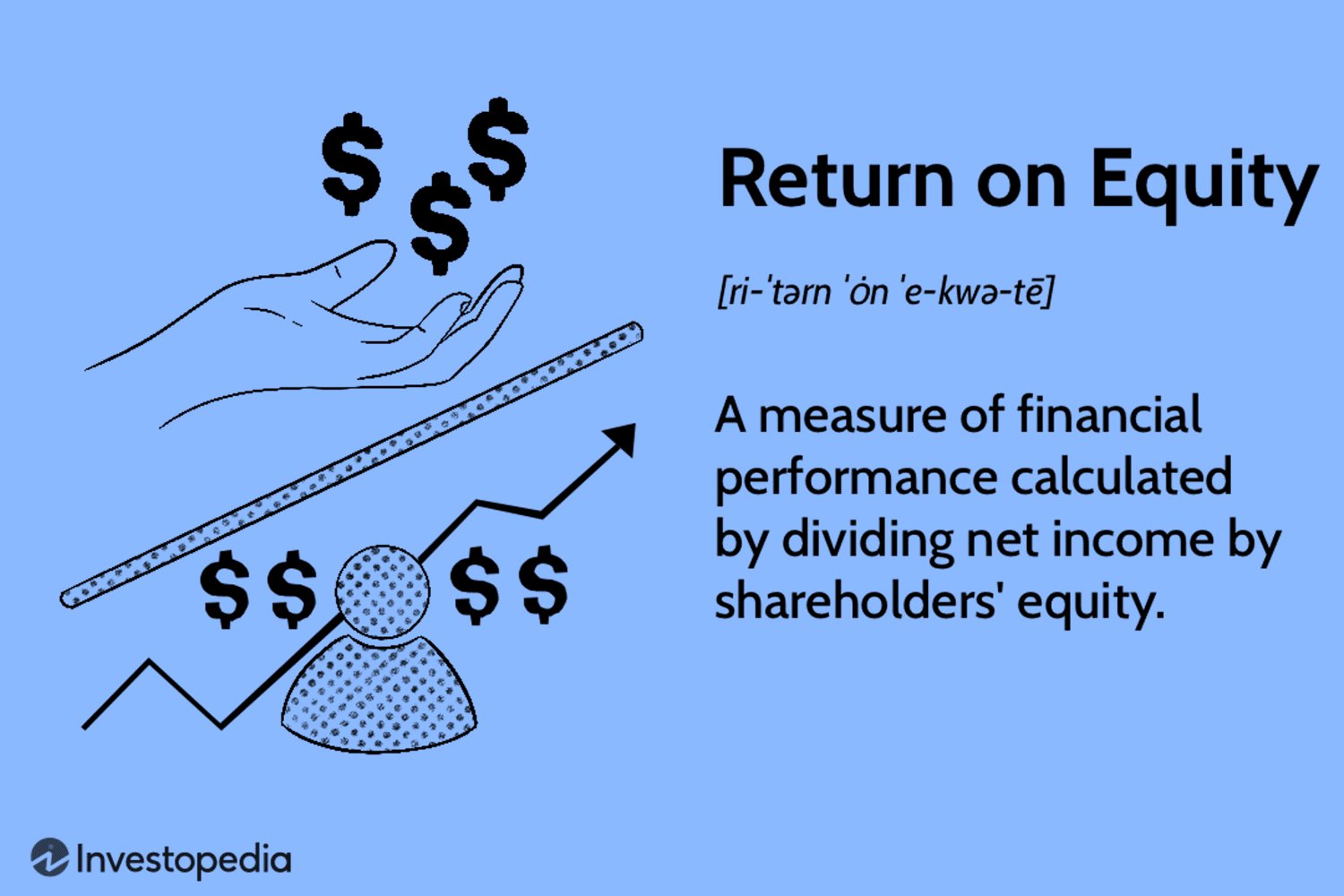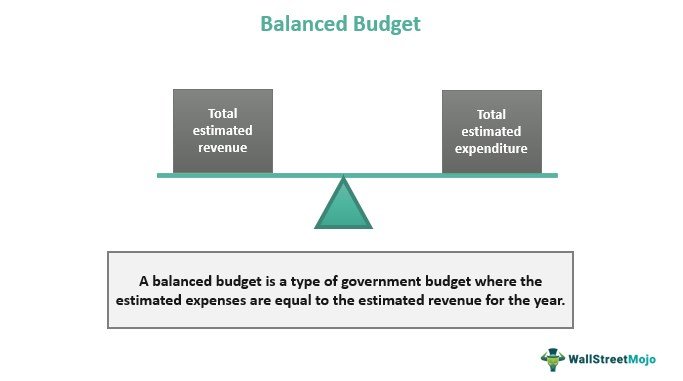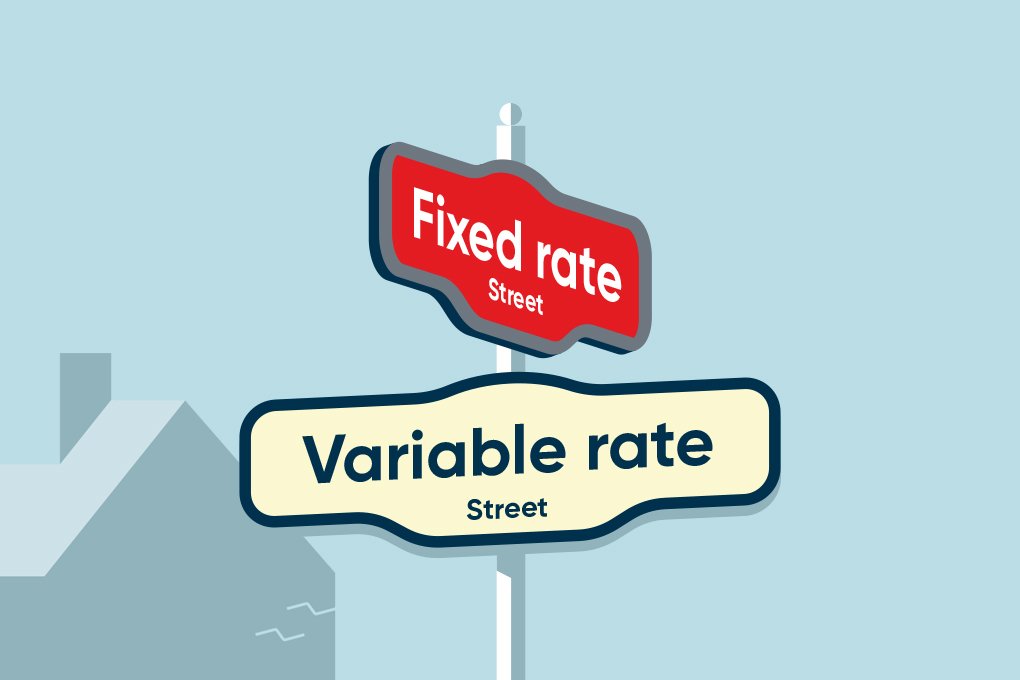Return on equity is a fundamental concept in finance that plays a crucial role in assessing the financial health and performance of a company. But what exactly is return on equity and why is it so important? In simple terms, return on equity measures the profitability of a company by comparing its net income to its shareholders’ equity. This metric provides valuable insights into how effectively a company is utilizing its shareholders’ investments to generate profits. Understanding the importance of return on equity is essential for both investors and business owners alike, as it enables them to evaluate the efficiency and profitability of a company before making investment decisions or strategic business moves. Let’s dive deeper into the significance of return on equity and explore how it can impact your financial success.
Understanding the Importance of Return on Equity
Return on Equity (ROE) is a financial metric that measures the profitability and efficiency of a company by evaluating how effectively it generates profit from shareholders’ investments. It is a key indicator for investors, analysts, and financial institutions to assess a company’s financial health and performance. In this article, we will delve into the significance of ROE and explore its various aspects.
Evaluating Profitability and Efficiency
One of the primary reasons why ROE is important is because it provides insights into a company’s profitability and efficiency. By calculating the return on equity, investors can determine how well a company utilizes its shareholders’ investments to generate profits. A higher ROE generally indicates that a company is making better use of its resources and is more effective at generating profits.
ROE can be used to compare companies within the same industry. Investors can evaluate which company is more profitable and determine if they are getting a better return on their investment by choosing one company over another. This comparison helps investors make informed decisions and allocate their capital effectively.
Understanding the Formula
ROE is calculated by dividing net income by average shareholders’ equity. The net income represents the company’s total earnings after deducting expenses and taxes. Shareholders’ equity, also known as net assets or book value, is the residual interest in the assets of the company after deducting liabilities.
The formula for calculating ROE is as follows:
ROE = (Net Income / Average Shareholders’ Equity) x 100
The resulting figure is expressed as a percentage, representing the return on equity. A higher percentage indicates a higher return on investment for shareholders.
Factors Affecting ROE
Several factors can influence a company’s return on equity. It is essential to understand these factors to gain a deeper insight into a company’s financial performance.
1. Profit Margin: The profit margin indicates how efficiently a company generates profit from its sales. A higher profit margin means that the company retains a larger portion of its revenue as profit, leading to a higher ROE.
2. Asset Turnover: Asset turnover measures how efficiently a company utilizes its assets to generate sales. A higher asset turnover indicates that the company effectively utilizes its resources, resulting in increased sales and potentially higher profits.
3. Financial Leverage: Financial leverage refers to the use of debt to finance a company’s operations. By employing debt, a company can magnify its returns and potentially boost its ROE. However, excessive debt increases the risk and can negatively impact the ROE.
4. Equity Multiplier: The equity multiplier assesses a company’s use of debt to finance its assets. A higher equity multiplier means that a company relies more on debt to finance its operations, potentially leading to higher returns if the company generates sufficient profits.
5. Efficiency and Cost Management: Companies that effectively manage their operations, control costs, and optimize resource utilization tend to have higher ROE. Efficient management helps maximize profits and improve overall financial performance.
Interpreting ROE
Interpreting ROE requires consideration of various factors, such as the industry and company’s growth stage. Different industries have different average ROE benchmarks due to variations in capital requirements, risk profiles, and business models.
A company’s stage of growth also influences its ROE. Startups or companies in the early growth phase may have a lower ROE due to high initial investments and lower profitability. Conversely, mature companies with established operations may have a higher ROE.
It is crucial to compare a company’s ROE with its historical performance and industry peers to get a meaningful understanding of its financial health. Consistently high or improving ROE over time indicates a well-performing company with a sustainable competitive advantage.
Limitations of ROE
While ROE provides valuable insights into a company’s financial performance, it is important to be aware of its limitations:
1. Industry Comparisons: ROE varies across industries, so comparing companies from different industries solely based on ROE may not provide an accurate assessment. It is essential to consider industry-specific benchmarks and other financial metrics.
2. Debt and Risk: ROE does not consider the risk associated with a company’s capital structure. Companies with higher debt levels may have higher ROE but also carry higher financial risk.
3. Focus on Short-Term Results: ROE primarily focuses on a company’s current profitability and may not reflect its long-term sustainability or growth potential. Investors should consider other performance indicators alongside ROE.
4. Manipulation: Companies can manipulate their ROE figures through accounting practices. It is crucial to conduct a thorough analysis and consider other financial metrics to gain a holistic view of the company’s performance.
Return on Equity (ROE) is a valuable financial metric that helps investors and analysts assess a company’s profitability and efficiency. By understanding the formula, factors influencing ROE, and its interpretation, investors can make informed decisions about investing in a company. However, it is essential to consider ROE along with other financial metrics and industry-specific benchmarks to gain a comprehensive understanding of a company’s financial health.
The Importance Of Return On Equity In Investing – Warren Buffett
Frequently Asked Questions
Frequently Asked Questions (FAQs)
What is return on equity and why is it important?
Return on equity (ROE) is a financial metric that measures the profitability and efficiency of a company by indicating how well it generates profits from its shareholders’ investments. It is calculated by dividing net income by shareholders’ equity. ROE is important because it provides insights into the company’s ability to generate returns for its shareholders and is often used by investors and analysts to evaluate a company’s performance and compare it with industry peers.
How is return on equity different from other financial ratios?
While return on equity focuses specifically on profitability in relation to shareholders’ equity, other financial ratios consider different aspects of a company’s financial performance. For example, return on assets (ROA) measures profitability in relation to total assets, while return on investment (ROI) measures profitability in relation to total investments. Each ratio provides a unique perspective on the company’s financial performance, but return on equity specifically highlights the company’s ability to generate returns for shareholders.
What are the benefits of focusing on return on equity?
Focusing on return on equity can provide several benefits for a company. Firstly, it helps identify areas where the company can improve its profitability and efficiency. By analyzing the components that contribute to ROE, such as net income and shareholders’ equity, companies can make strategic decisions to optimize their returns for shareholders. Additionally, a strong return on equity can enhance a company’s reputation and attract potential investors, as it indicates the company’s ability to generate profits.
How can a company improve its return on equity?
There are several strategies that a company can employ to improve its return on equity. Firstly, it can focus on increasing its net income by improving operational efficiency, reducing costs, or increasing sales revenue. Secondly, the company can optimize its capital structure by reducing debt and increasing equity, which can positively impact the return on equity. Lastly, the company can allocate resources effectively and invest in high-return projects to maximize the profitability generated from shareholders’ equity.
Can return on equity vary across industries?
Yes, return on equity can vary across industries. Different industries have varying levels of profitability and capital requirements, which can impact the return on equity. For example, industries with high capital-intensive operations, such as manufacturing or utilities, may have lower return on equity compared to industries with less capital-intensive operations, such as technology or service-based companies. It is important to consider industry norms and benchmarks when evaluating return on equity.
Is a high return on equity always a positive indicator?
While a high return on equity is generally seen as a positive indicator, it is not always the case. A high return on equity can be a result of excessive leverage or financial engineering, which may pose risks in the long run. It is essential to analyze the components contributing to the high return on equity and assess the sustainability of the profitability. Additionally, comparing the return on equity with industry peers and considering other financial metrics can provide a more comprehensive evaluation of a company’s performance.
How does return on equity impact investors?
Return on equity is an important metric for investors as it provides insights into the company’s ability to generate returns. A high return on equity indicates that the company is efficiently utilizing shareholders’ investments to generate profits. This can attract investors who are seeking profitable opportunities. Conversely, a low or declining return on equity may indicate potential risks or inefficiencies, which can deter investors. Investors often analyze return on equity to assess the company’s profitability and make informed investment decisions.
How frequently should return on equity be evaluated?
Return on equity should be evaluated regularly to monitor the company’s financial performance. The frequency of evaluation may vary depending on the industry, company size, and specific circumstances. It is common practice to evaluate return on equity on a quarterly or annual basis, along with other financial ratios, to track trends, identify areas of improvement, and make necessary strategic adjustments. Regular evaluation of return on equity helps companies stay proactive in managing their financial performance and aligning it with shareholders’ expectations.
Final Thoughts
Return on equity (ROE) is a crucial metric that assesses a company’s profitability and efficiency in generating returns for its shareholders. By measuring how effectively a company utilizes its equity to generate profits, ROE provides valuable insights into a company’s financial health and management performance. A higher ROE indicates better profitability and a more efficient utilization of shareholder investments. Understanding the importance of return on equity enables investors to make informed decisions about which companies to invest in, as well as helping managers evaluate their own company’s performance and identify areas for improvement. ROE serves as a powerful tool in evaluating the financial performance of a company and should be a key consideration for any investor or manager.


